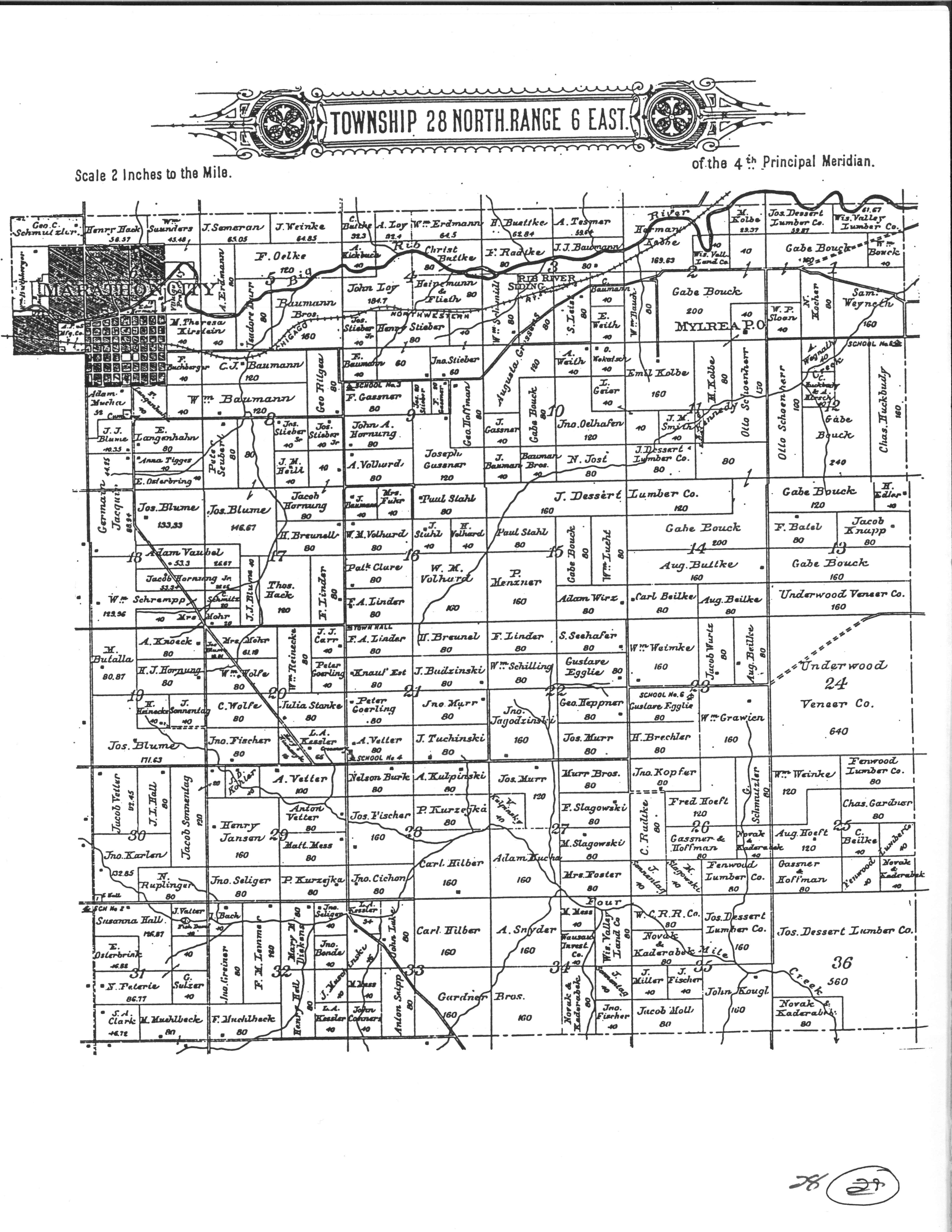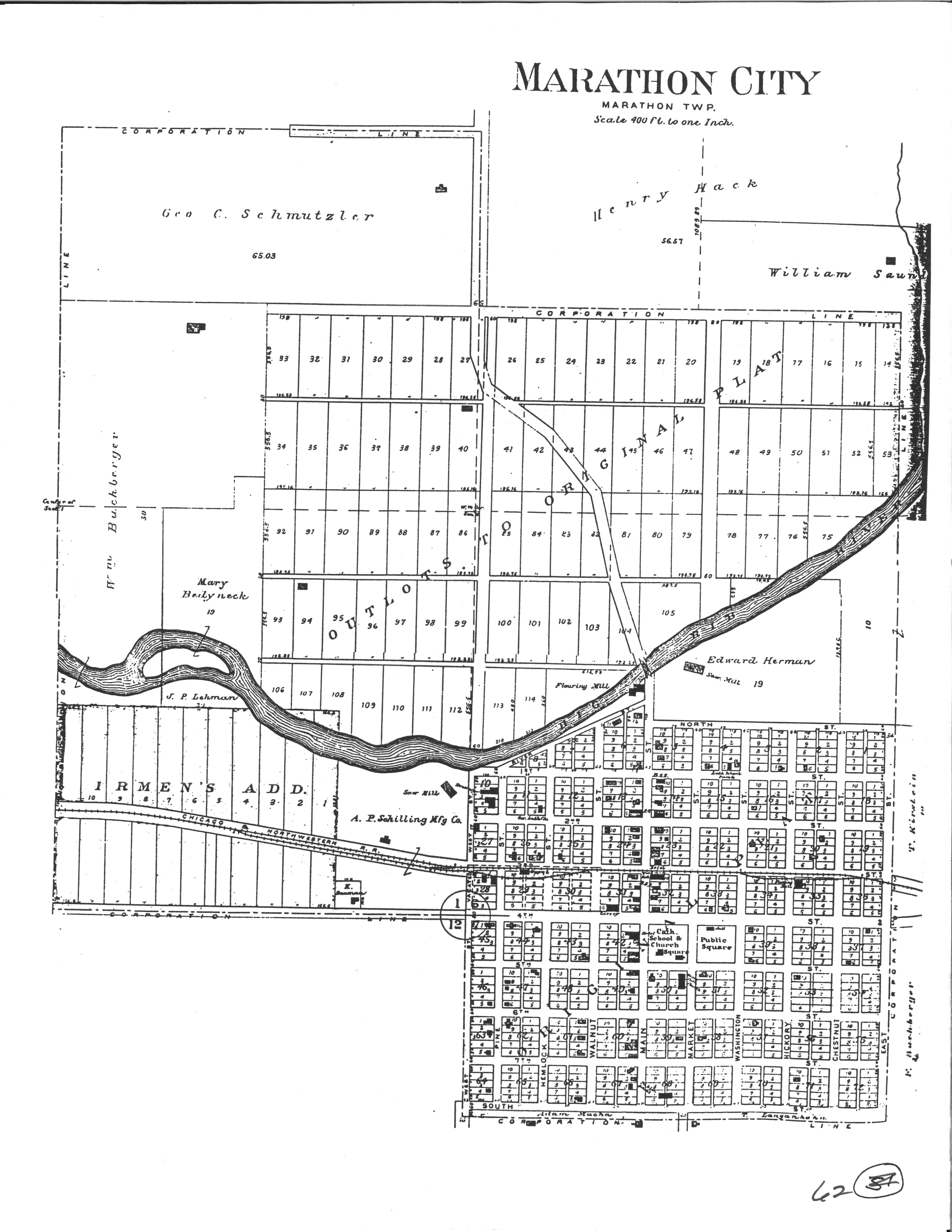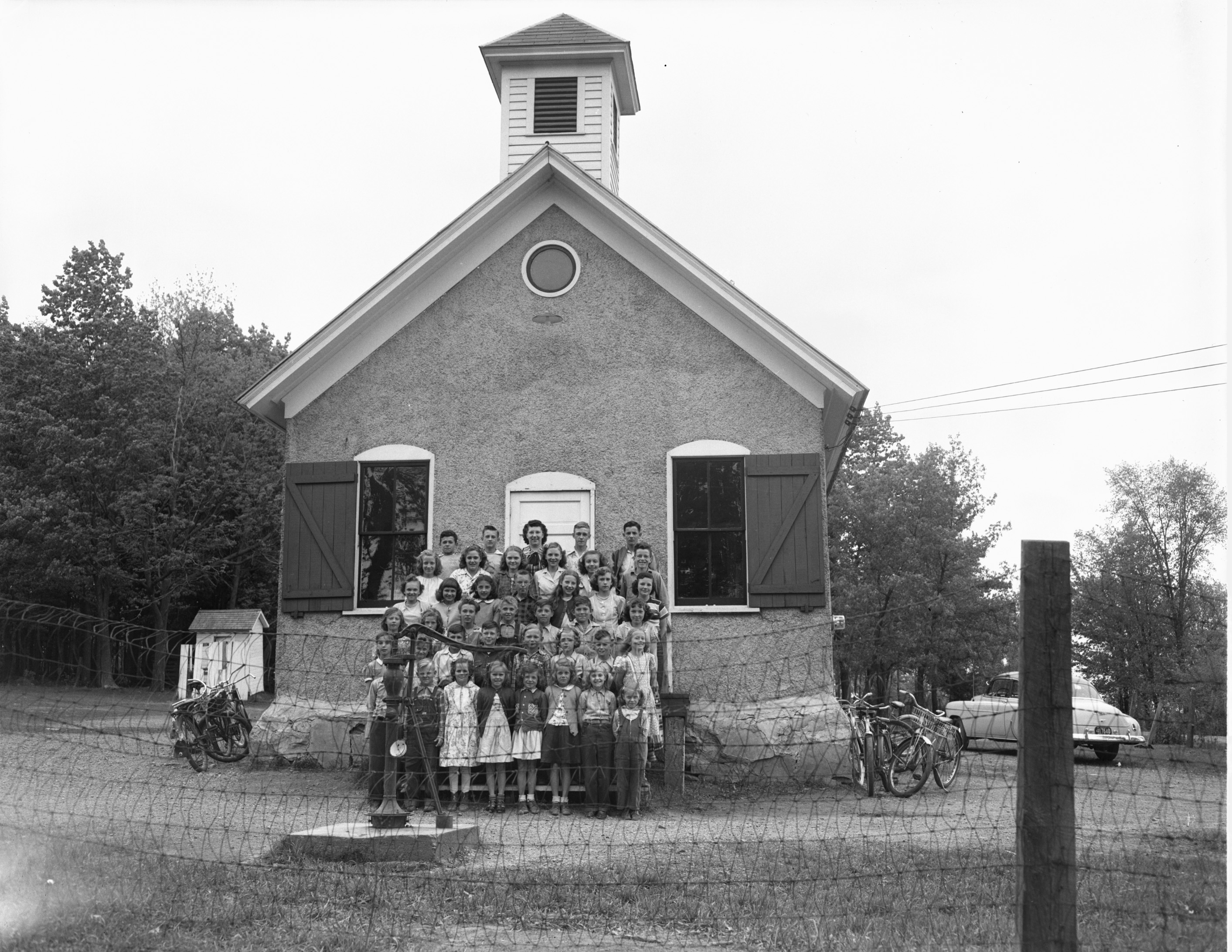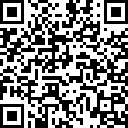Search our Places Database
Marathon, Township of
Return To List of Locations | Back to Search
For more information on this location, please contact our research library.
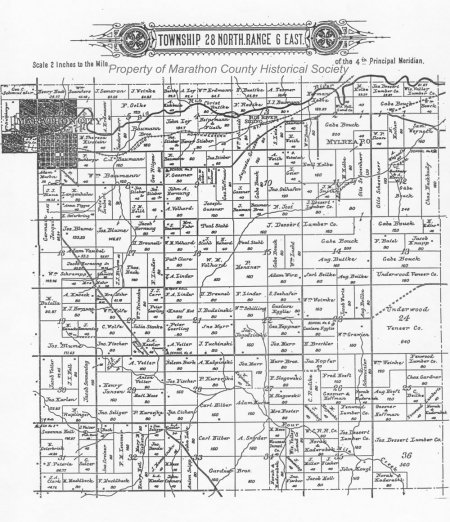
Author:
Mary Moltzan
Location:
T. 28 N. - R. 6 E.
Formallized:
1851 - name changed to Marathon in 1853
Background:
Population: 1905-752 plus most of 582 in Marathon City, 2000-1,085 plus about half of 1640 in Marathon city.
According to Louis Marchetti, the township originally comprised the whole territory of Marathon County. The township's name, Marathon, was lost for several years some time after 1853 but was revived on April 5, 1859. The settlement of the township began in 1856 with the formation of "The Pittsburg German Homestead Society". (See also Background of Wien Township) This club purchased property in Marathon Township, including the present Wien and Frankfort townships. After an early spurt of disillusioned settlers from Pittsburg from 1856-60, growth slowed. Due to advertising promotion by J. M. Smith and later by Fred Reitbrock, after 1876 settlers from Poland and western Germany came to Marathon and Cassel townships. Its present size was determined in 1891.
Post Office Established:
September 8, 1864, Marathon City; November 12, 1900, Mylrea
First Postmaster:
Anton Koester, Marathon City; Max Kolbe, Mylrea
About The Post Office:
1. First established as Marathon City, the name was changed to Marathon on February 16, 1883. The office is still in existance and is located in Section 6,  Marathon Township.
2. Mylrea, in the SE 1/4 of Section 2, Â Â was closed on May 14, 1906 with service from Marathon.
Railroad:
The Milwaukee, Lake Shore & Western (C&NW) RR reached Marathon City in 1891 as the rails were being extended from Wausau to Marshfield.
Churches:
See Marathon City
Schools:
1. School #2, Section 31
2. School #3, Section 9
3. School #4, Section 21
4. School #6, Woodlawn School, Section 12
5. School #6 also listed in Section 23 on 1901 Plat Map
See also Marathon City.
Business:
See Village of Marathon
Industry:
See Village of Marathon
Farming:
The land was cleared, and crops were planted among stumps, roots, and piled stones and rocks. Fence making came also. Cattle and all other domestic animals roamed free, picking their food in the woods. After cattle food such as hay and straw was gone in the spring, the cattle grazed on the young shoots of the freshly cleared trees. This was not good for milking cows, but it kept them alive.

